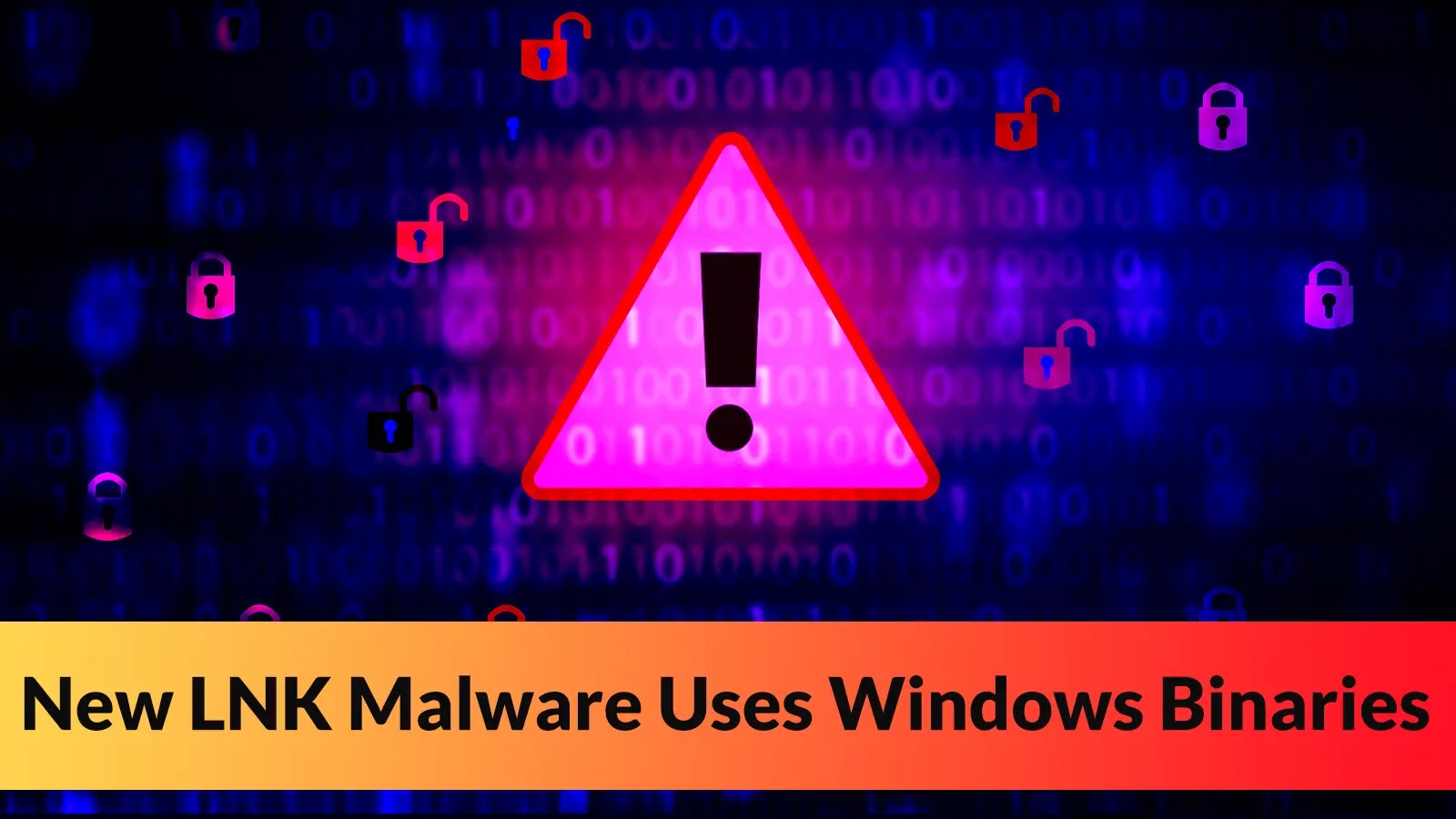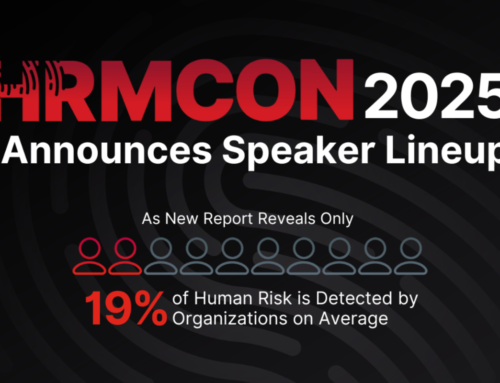
New LNK Malware Uses Windows Binaries to Bypass Security Tools and Execute Malware
New LNK Malware Leveraging Windows Binaries to Evade Endpoint Security
A disturbing trend has emerged in the threat landscape, signaling a sophisticated evolution in malware delivery. Recent attacks, first appearing in late August 2025, are actively exploiting malicious Windows shortcut files (.LNK) to bypass established security protocols. This new LNK malware distribution method capitalizes on the trust inherent in legitimate Microsoft binaries, allowing payloads to execute discreetly and effectively, often without triggering endpoint detection and response (EDR) systems.
The Mechanics of LNK Malware Exploitation
The core of this attack vector lies in its deceptive simplicity. Malicious LNK files are delivered through common initial access techniques, primarily spear-phishing emails and compromised websites. These shortcut files are crafted to appear innocuous, often masquerading as legitimate documents or applications. Once clicked, instead of directly executing a malicious script or executable, the LNK file leverages trusted Windows binaries already present on the system. This technique, often referred to as “living off the land” (LoL), makes detection significantly more challenging as it avoids introducing new, overtly malicious executables to the system.
Attackers are exploiting the functionality of these benign binaries to initiate a chain of events that ultimately leads to the execution of malware. By manipulating how these trusted programs interpret and execute commands, threat actors can bypass traditional signature-based detections and even some behavioral analysis tools that are looking for suspicious activity from unknown processes.
Delivery Methods and Initial Access
The primary delivery mechanisms for this LNK malware are:
- Spear-Phishing Emails: Highly targeted emails designed to trick recipients into opening the malicious LNK file. These emails often impersonate legitimate organizations or individuals, creating a sense of urgency or importance.
- Compromised Websites: Malicious LNK files are hosted on websites that have been compromised or specifically designed for drive-by downloads. Users visiting these sites may inadvertently download the LNK file, believing it to be a legitimate resource.
The effectiveness of these delivery methods hinges on social engineering tactics, exploiting human curiosity or urgency to trigger the initial interaction with the malicious shortcut file.
Evasion Techniques and Impact
The primary reason for the success of this LNK malware variant is its ability to bypass security tools. By utilizing trusted Windows binaries, the malware execution chain often operates below the radar of many endpoint security solutions. These solutions are typically tuned to flag unknown or suspicious executables, but when legitimate system tools are co-opted, the activity can be misinterpreted as benign system operations.
The consequences of a successful compromise can be severe, ranging from data exfiltration and ransomware deployment to complete system control. The lack of immediate detection means attackers can maintain persistence and expand their foothold within a network with greater ease.
Remediation Actions and Mitigations
Addressing this evolving threat requires a multi-layered security strategy focusing on prevention, detection, and response:
- User Education and Awareness: Reinforce training on identifying phishing attempts and suspicious attachments. Emphasize caution when encountering unexpected LNK files, even if they appear to originate from trusted sources.
- Endpoint Detection and Response (EDR) Enhancement: Review and fine-tune EDR rules to detect suspicious command-line arguments and process trees involving legitimate Windows binaries. Focus on anomalous behavior rather than just known bad executables.
- Application Whitelisting: Implement strict application whitelisting policies to control which executables can run on endpoints. This can help restrict the malicious use of even trusted binaries if they are being invoked in an unauthorized context.
- Disable LNK File Auto-Execution: Consider GPO (Group Policy Object) settings to restrict LNK file handlers or monitor their execution more closely.
- Principle of Least Privilege: Limit user permissions to only what is necessary for their job functions, reducing the potential impact of a successful LNK malware execution.
- Regular Software Updating: Ensure all operating systems and applications are consistently patched to remediate any underlying vulnerabilities that could be exploited.
Tools for Detection and Analysis
Effective detection and analysis of LNK-based threats require specialized tools and methodologies:
| Tool Name | Purpose | Link |
|---|---|---|
| Sysmon | Advanced monitoring of Windows system activity, including process creation, network connections, and file modifications. Excellent for detecting anomalous behavior from legitimate binaries. | Microsoft Sysmon |
| Autopsy | Digital forensics platform for analyzing disk images and files, including LNK file analysis to extract metadata and target paths. | Autopsy Digital Forensics |
| FireEye FLARE-FLOSS | Extracts obfuscated strings from malware binaries, useful for uncovering hidden commands within LNK-triggered processes. | FireEye FLARE-FLOSS GitHub |
| CyberChef | Versatile online tool for data manipulation and analysis, useful for decoding obfuscated LNK file contents or command-line arguments. | GCHQ CyberChef |
Conclusion
The emergence of LNK malware leveraging trusted Windows binaries represents a significant challenge for modern cybersecurity defenses. This method of bypassing security tools by “living off the land” underscores the need for a dynamic and adaptive security posture. Organizations must focus not only on preventing initial access but also on enhancing their ability to detect subtle anomalous behaviors from legitimate system components. Proactive user education, robust EDR capabilities, and stringent control over application execution are paramount in mitigating the risks posed by these increasingly sophisticated threats.





